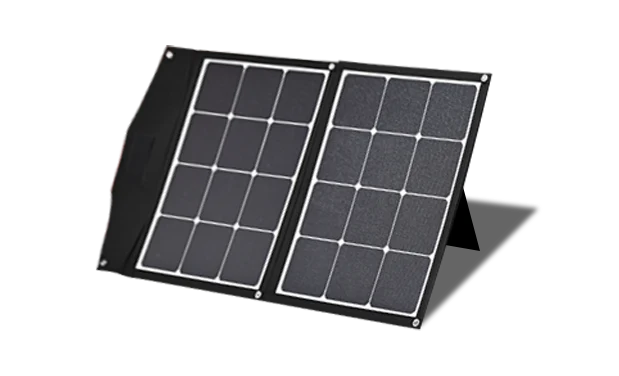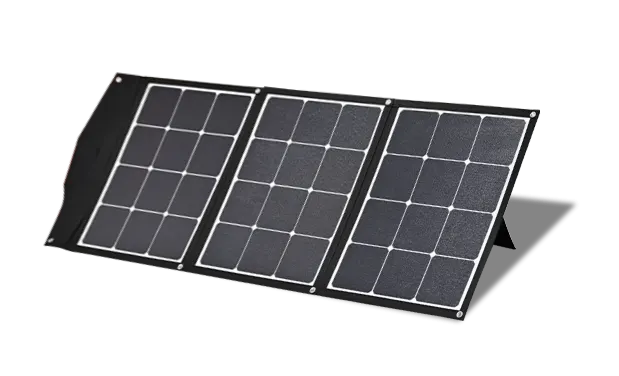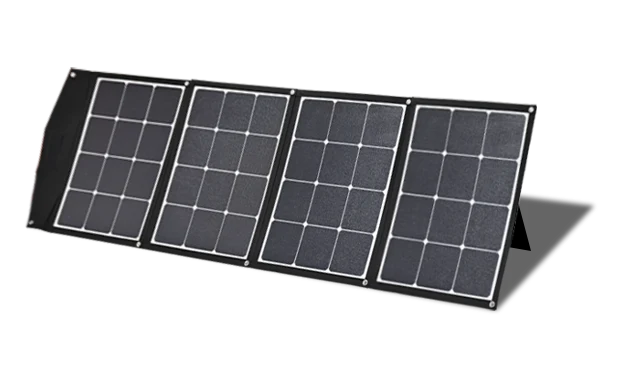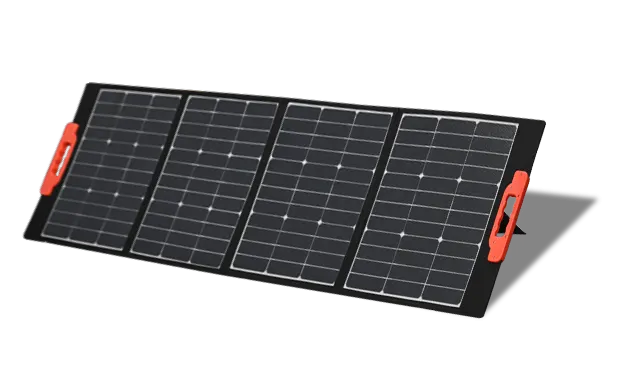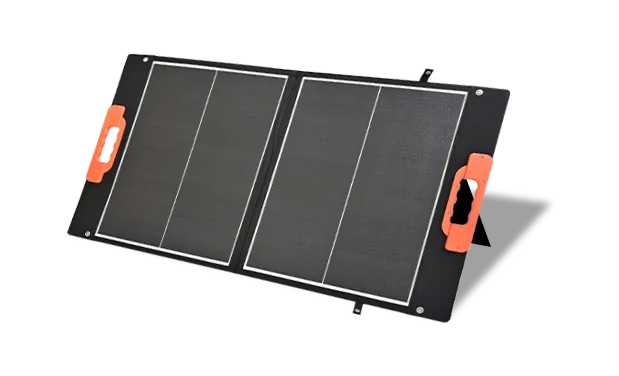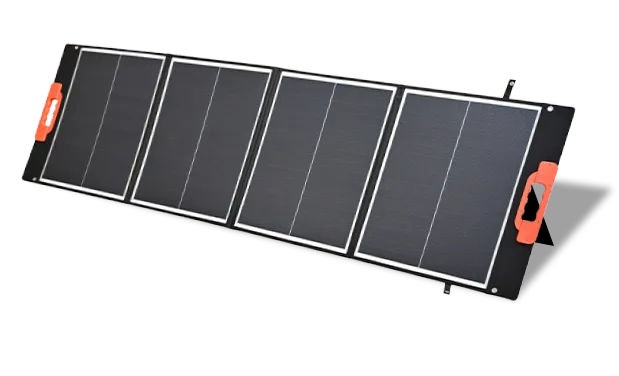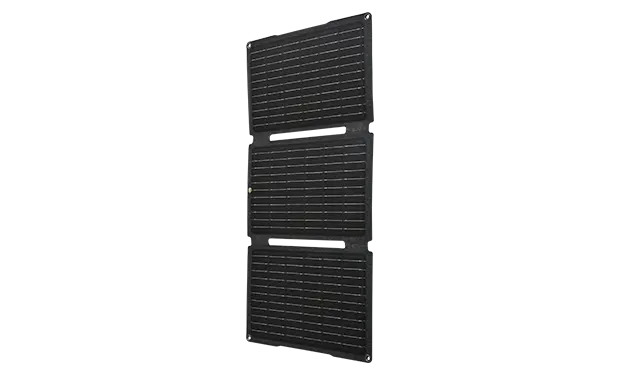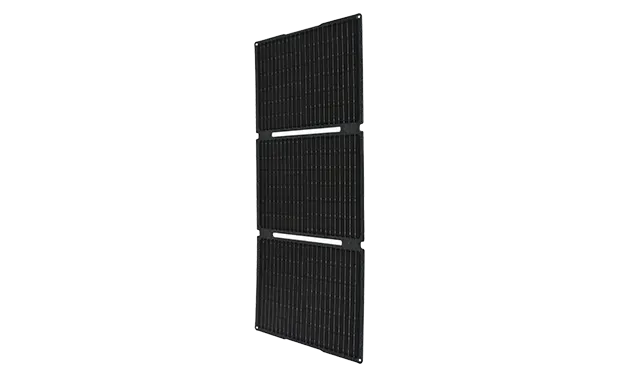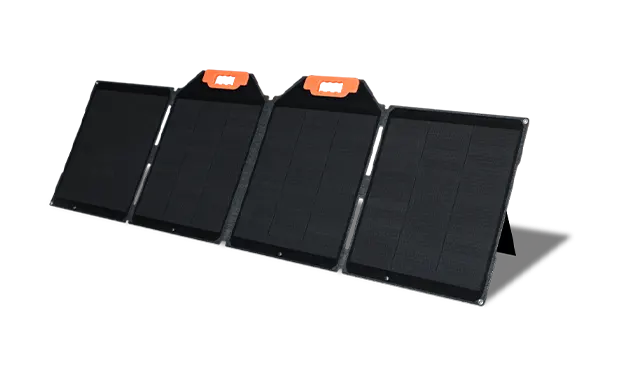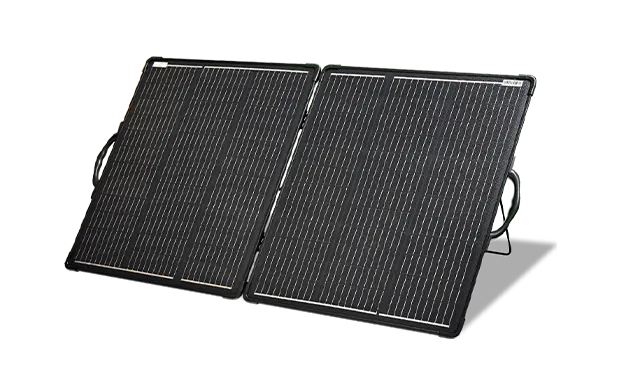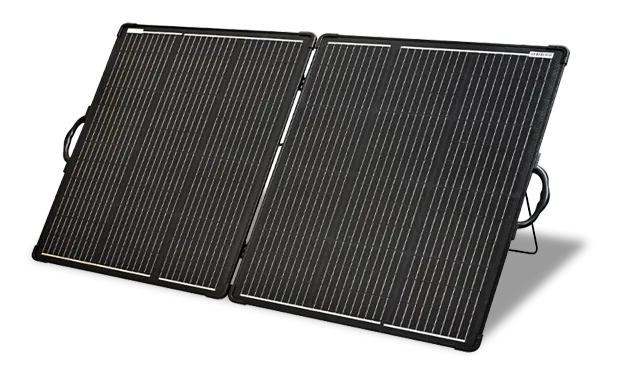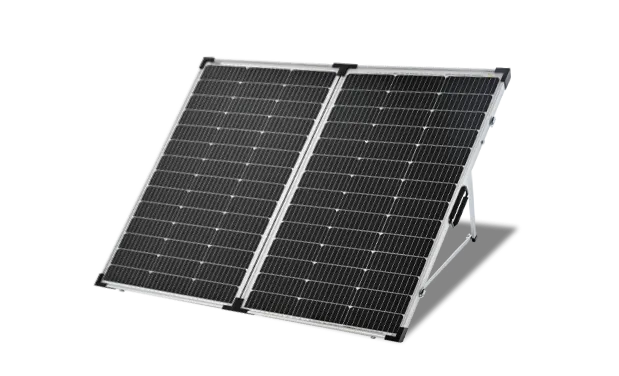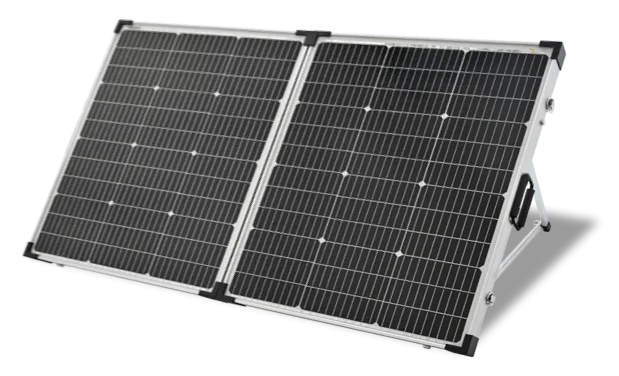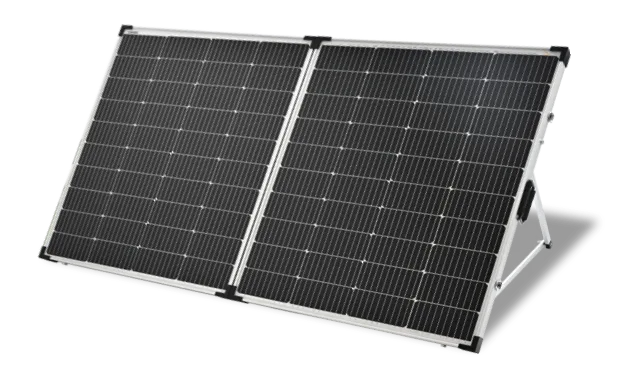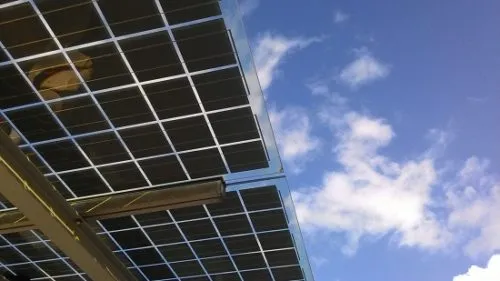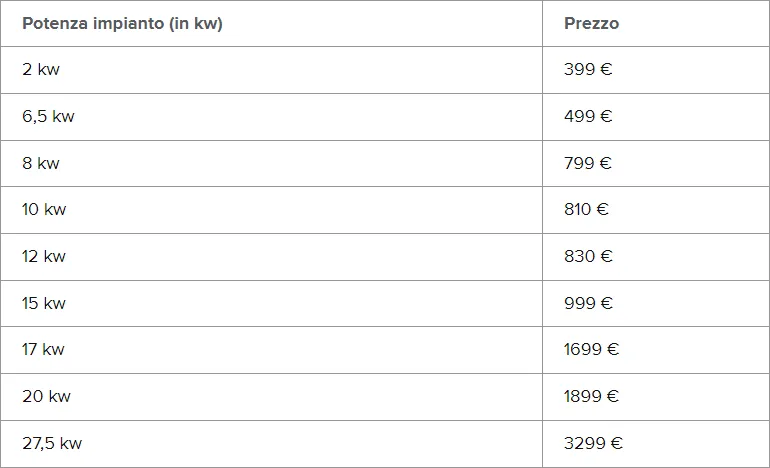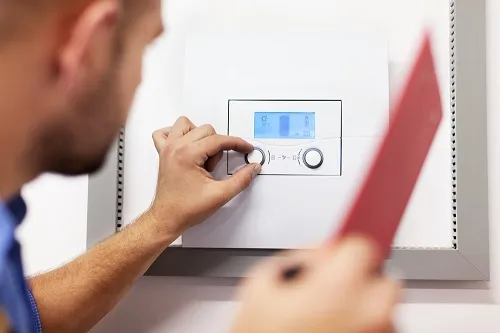A photovoltaic system converts solar energy directly into electricity. Are you interested in this option? Continue reading the article on the photovoltaic inverter.
How much does a photovoltaic inverter cost?
When people talk about PV and its costs, they most frequently allude to the price of PV panels.
However, since the successful outcome of the photovoltaic investment is also determined by the cost-effectiveness of the inverter, it is important to have an idea of its prices. Specifically, inverter prices are constantly changing and, like PV panels, are declining over the long term.
In fact, while only a few years ago the cost of an inverter for a 3kw system was over €1500, today this costs roughly less than half that. In the table below, the average list prices of the main distributors in Italy are shown.
The inverter has a useful life of more than ten years, but still roughly less than that of the modules; therefore, its replacement should be considered sooner or later.
How much does your new photovoltaic system cost?
When deciding to install a solar panel system, the main goal is only one: to get the best quality at the lowest price. Since the cost can vary from company to company, it is advisable to evaluate several quotes. Do you think it’s time to request and compare multiple quotes? We have the solution for you! You’ll receive the quotes within 24 hours, and by comparing them, you can save up to 40% on the cost of your new PV system. Saving money has never been so quick and easy!
The photovoltaic inverter: what is it and how does it work?
The inverter is the heart of any photovoltaic system.
Its main function is to “correct” the characteristics of the current produced by the PV modules, transforming it into a common alternating current and making it suitable for feeding into the grid and for self-consumption.
At the same time, the inverter controls and monitors the entire system: on the one hand, it ensures that the PV modules are always operating at their maximum performance (depending on irradiance and temperature), and on the other hand, it constantly monitors the public grid and is responsible for compliance with various safety criteria.
It is essentially composed of the following:
- Photovoltaic panels or modules;
- An inverter that converts the direct current generated by the photovoltaic panels into alternating current;
- Electrical panels and connecting cables.
The types of photovoltaic inverters
There are two types of photovoltaic inverters:
- Single-phase (for civilian use), usually used in small-scale systems;
- Three-phase (mainly for industrial uses), used for large-scale PV systems.
A distinction is also made between devices:
- With transformer;
- Without a transformer.
The transformer enables galvanic isolation (prescribed in some countries) and allows the grounding of PV modules (required for some types of modules). If possible, however, transformerless inverters are used because they are usually smaller and lighter than devices with a transformer and have a higher degree of efficiency.
The technical characteristics of the photovoltaic inverter
Countless PV inverters are available on the market, which can be classified on the basis of some important characteristics:
- The degree of efficiency;
- The grid interface;
- The connection of the modules.
The degree of efficiency
This indicates what percentage of the energy “fed in” as direct current is re-emitted as alternating current.
The efficiency of an inverter depends on solar radiation, the voltage of the incoming current, and other complex factors. In any case, all inverters available on the market today have an efficiency of more than 90 percent.
This is made possible by a special feature called MPPT (Maximum Power Point Tracker), which is responsible for “tracking” the optimal voltage and current values so as to extract the maximum available power from the system as weather conditions change. Clearly, an inverter that can stay “locked in” to the optimal operating point (known as the Maximum Power Point) will always obtain the maximum available power under any condition.
The grid interface
This function, generally integrated into the machine, must meet the requirements imposed by the regulations of the various power utilities. In Italy, the CEI has issued the CEI 0-21 standard (currently in edition 2), which provides a series of safety measures, such as preventing the feeding of power into the grid if its parameters are outside acceptable limits.
The connection of the modules
During sizing on the DC side, the point to consider is the connection of the PV modules with the inverter. Here a distinction is made between:
- String inverters, which are a row of PV modules connected in series;
- Multi-string inverters, which have two or more string inputs with a dedicated MPP (Maximum Power Point) tracker. They are especially recommended if the PV generator consists of many partial surfaces or is partially shaded;
- Central inverters that, despite their large power output, possess a single MPP tracker. They are particularly suitable for large systems with the homogeneous generator.
The functions of the photovoltaic inverter
The inverter, depending on the technology and type of application, can perform many functions:
- Regulates the frequency and voltage of electricity;
- Optimizes power by finding and maintaining the ideal operating point on the characteristic curve (Function called MPPT);
- Monitors the operation/performance of the PV system and reports the presence of any internal anomalies or faults;
- Monitors the power grid to which it is connected and protects the system from short circuits or power surges;
- Manages the temperature in the inverter enclosure itself. Efficient and reliable cooling of the enclosure depends not only on the inverter itself but also on the mounting location (ideally, a uniformly cool environment).
Save up to 40% on your solar panels with a photovoltaic inverter.
Now that you have all the information you need, all you have to do is take action: find out which and how many solar panels are right for you and their installation costs. Want to learn more? Requesting a free, no-obligation quote is very easy: fill out the form, and within 24 hours, you will be contacted by up to 5 experts working in your area. By comparing different offers, you can save up to 40%. A new car, a pc, a nice trip–have you already thought about how to use the money you save?





